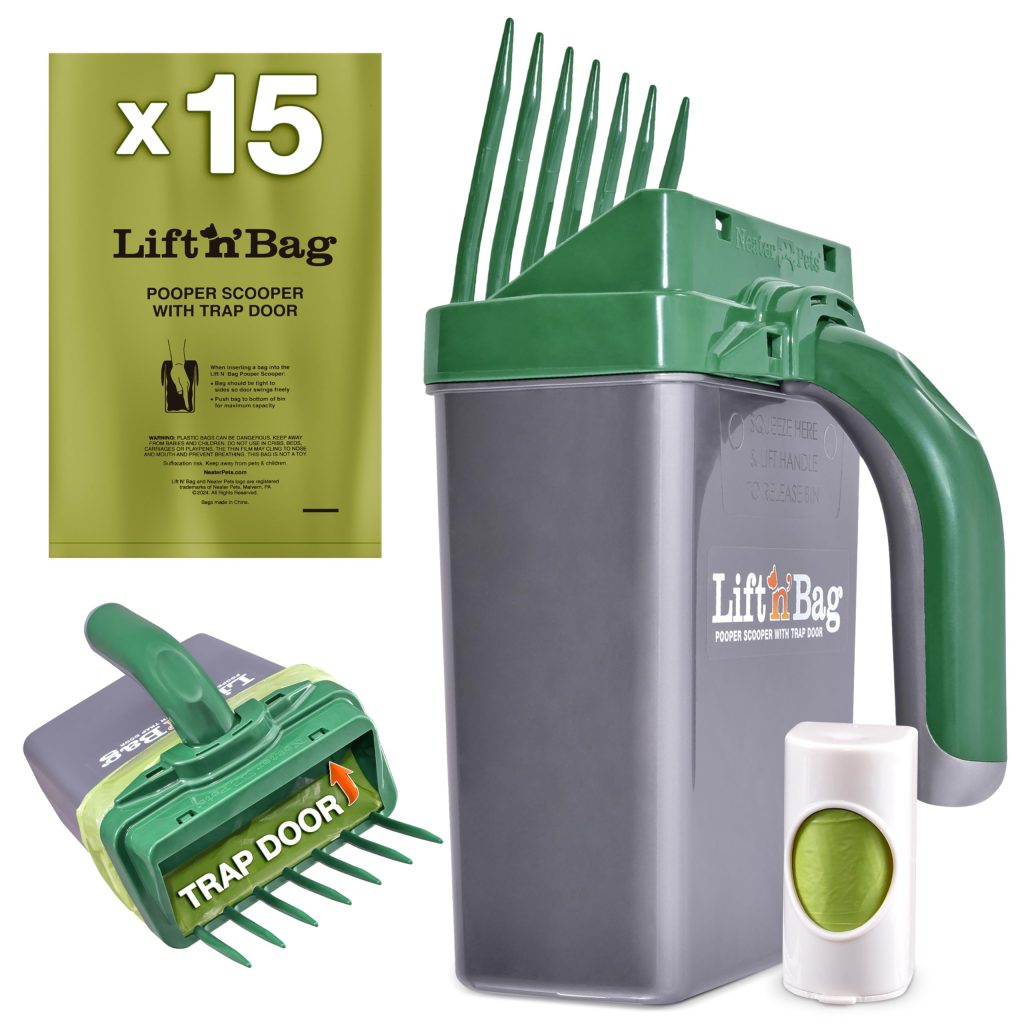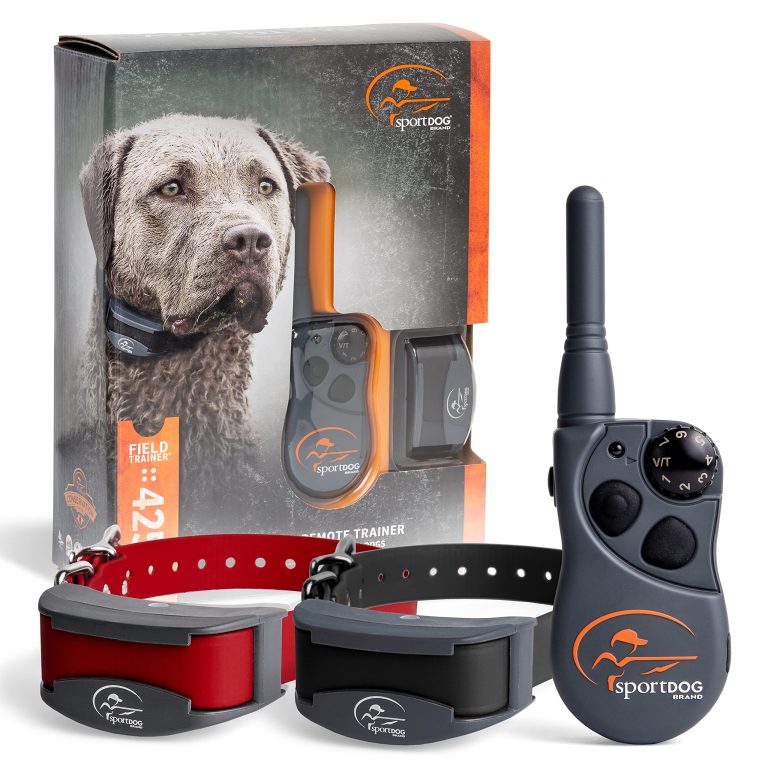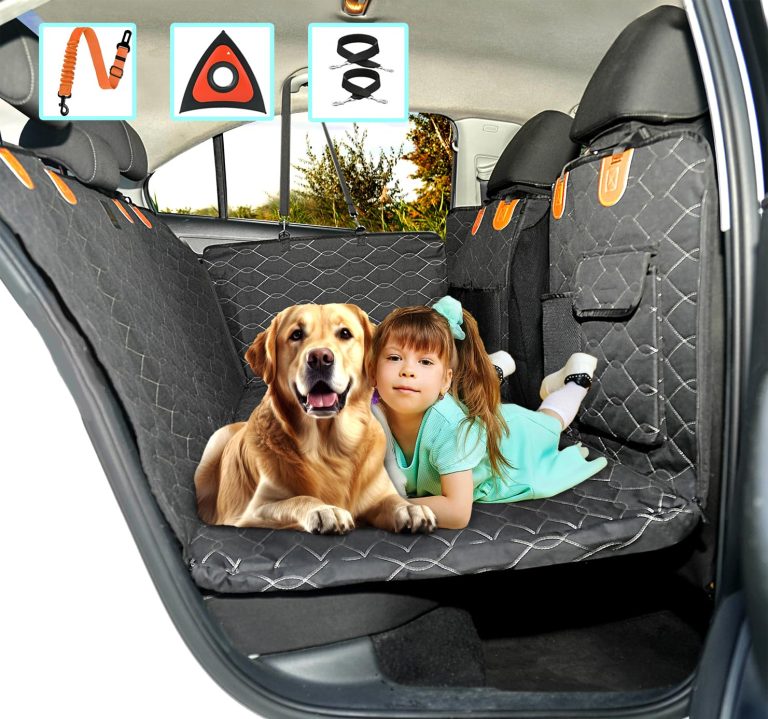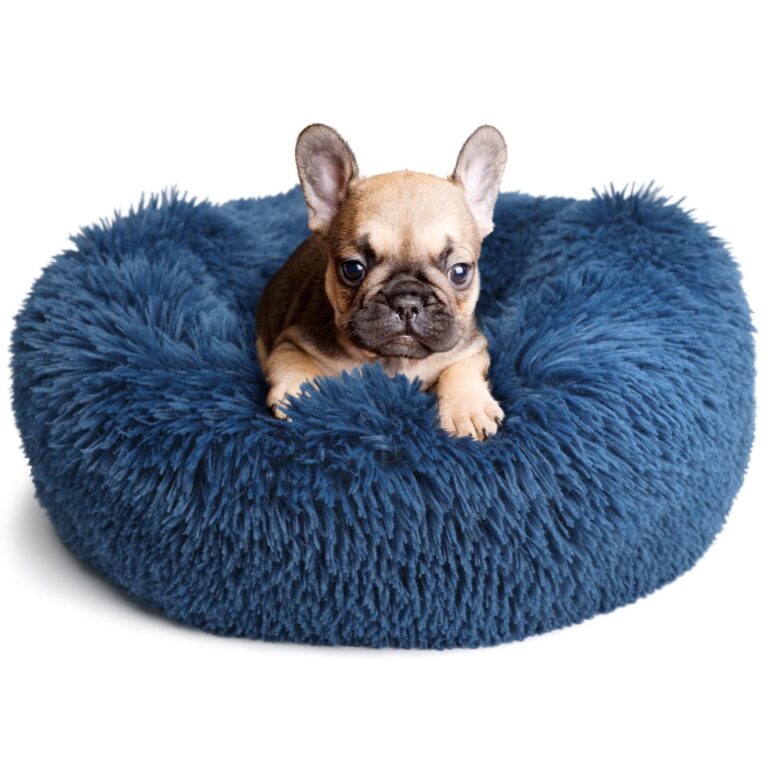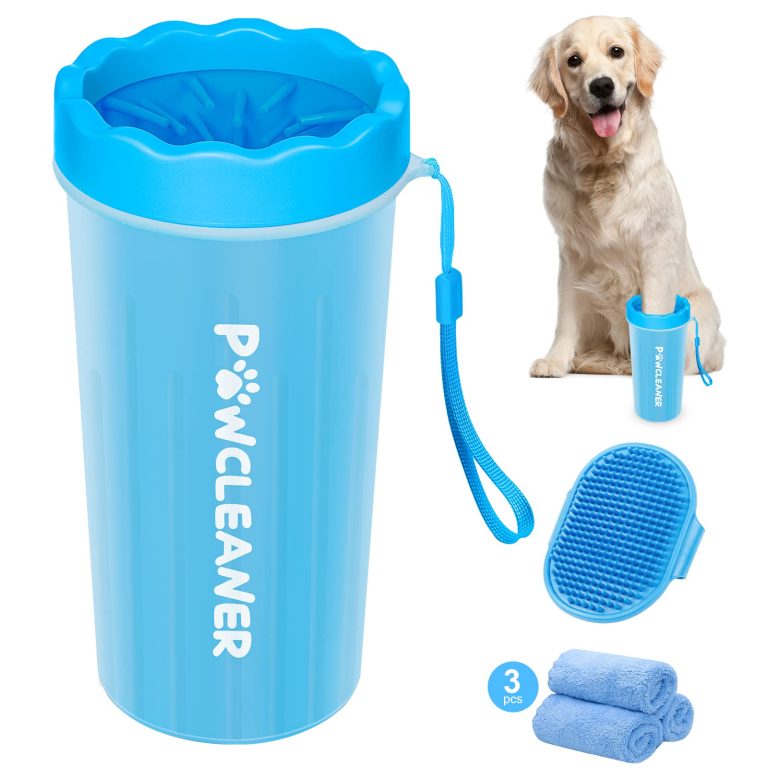The Science of Dog Play – Why Playtime Matters
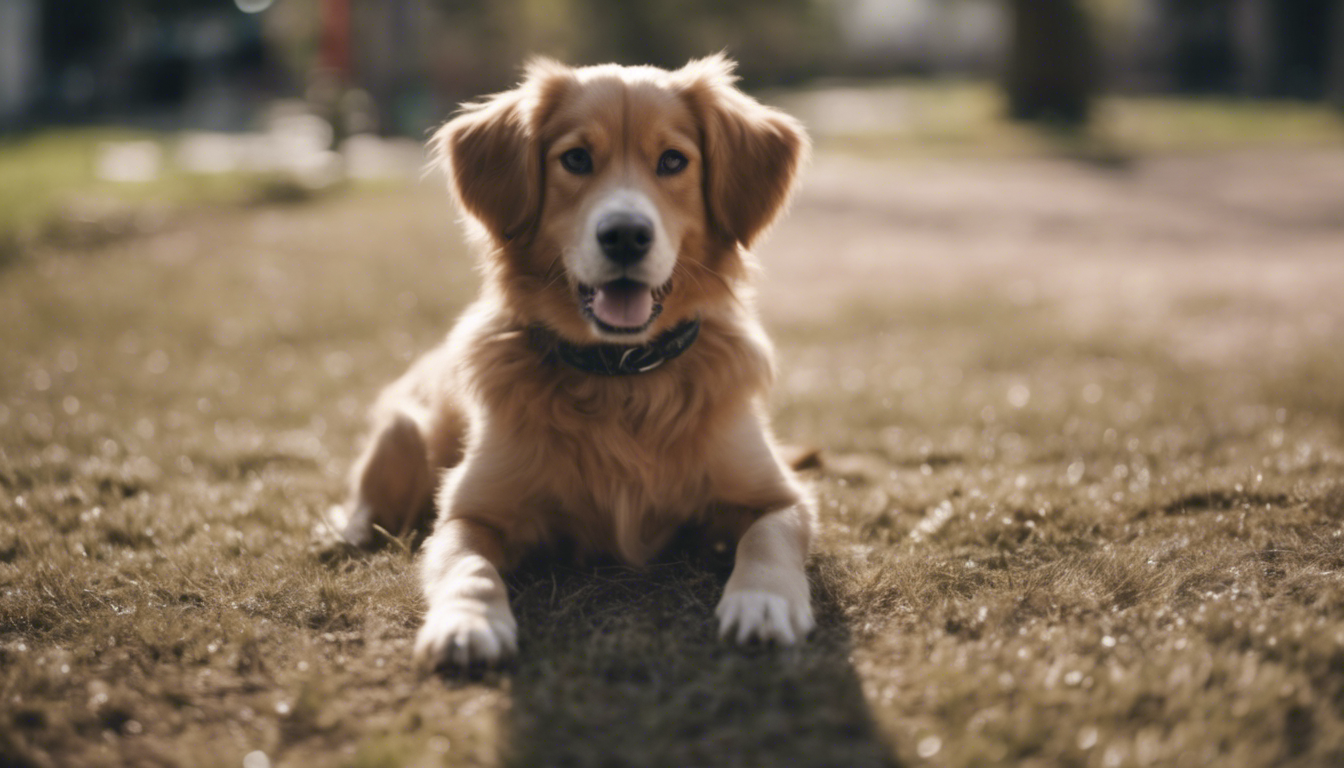
Understanding Canine Play Behavior
Ever watch your four-legged friend sprint after a ball or playfully pounce on a stuffed toy? There’s so much more going on in those furry heads during playtime than just the pursuit of fun. Canine play behavior is a complex world of communication and learning, and it’s essential to grasp it to be an ace pet parent.
When dogs engage in play, they’re not just burning off energy. They’re following their instincts and practicing life skills. For pups, every mock battle or chase is a lesson in how to interact with their environment and their peers. It’s fascinating to see them take turns during play, which helps them understand boundaries and social hierarchies. This turn-taking is an etiquette that dogs naturally adopt, signaling that they’re having fun and not actually engaging in a fight.
Notice when your dog bows with their front legs stretched out and rump up in the air? This is the classic play bow, an invitation to frolic that shows they’re in the mood for some good-natured roughhousing. But it’s also a clear message that says “what follows is just play”, allowing them to nip and run without the risk of misinterpretation. Recognizing these subtle cues can teach pet parents tons about what their dog is feeling and what kind of play they’re seeking.
Different breeds exhibit diverse play styles. Some are high-energy and love a game of fetch until the sun goes down, while others might prefer gentle wrestling or a bit of tug-of-war. You might find retrievers returning objects with gusto, while herding breeds might try to outmaneuver you or other pets. Observing these styles isn’t just entertaining; it’s a clue into their genetic makeup and instincts.
Beyond individual preferences, play is a barometer for your dog’s well-being. A sudden lack of interest in their favorite toy or game could be a sign that something isn’t right, physically or emotionally. On the flip side, a playful dog is often a happy dog. So, keeping an eye on their play behavior is a useful, enjoyable way to monitor their health and happiness.
Lastly, it’s critical to remember that all dogs are unique people. Your furry companion’s play behavior might not fit neatly into any textbook definition, but it’s ‘normal’ for them. The key is to be observant, patient, and responsive. Offer a variety of play experiences and see which ones light up your pup’s eyes—and get that tail wagging like crazy!
Understanding canine play behavior is about appreciating these subtle nuances—knowing when to jump in with a rope toy for a game of tug-of-war or when to respect their need for some quiet time after a playful romp. It is this insight that can truly enrich the shared lives of dogs and their human counterparts, fostering a deeper connection filled with joy and mutual respect.
Psychological Benefits of Play for Dogs
Let’s delve a bit deeper into what playtime actually does for our furry companions from a psychological standpoint. Play isn’t just a way to pass the time; it’s a critical component of a dog’s mental and emotional well-being. The act of playing taps into a dog’s natural instincts and can serve as a form of stress relief, helping to keep anxiety and boredom at bay.
Ponder about it; when your dog is zooming around the yard or catching frisbees, they’re in their element, displaying behaviors that are both instinctual and self-rewarding. This joyful engagement is more than mere physical activity; it’s an exhilarating mental exercise that keeps their brains sharp. As they anticipate the trajectory of a thrown toy or strategize how to win a tug-of-war battle, they are honing their cognitive skills.
Dogs, like humans, can experience a rush of joy and satisfaction during play, thanks to the release of neurotransmitters like dopamine and endorphins. These ‘happy hormones’ can elevate a dog’s mood, making play an excellent mood regulator for times when they might feel anxious or down. A good play session can act like a reset button, rejuvenating your dog’s spirit.
Furthermore, play has the potential to improve social behaviors in dogs. Canine play often involves reading body language and responding to cues from playmates—whether that’s another dog or you! This interaction teaches them important social skills, such as taking turns, understanding boundaries, and developing patience. Over time, these positive interactions can build confidence and help dogs become more adaptable and less fearful in various situations.
For rescue dogs or those with troubled pasts, play can be particularly therapeutic. It encourages them to let go of their past traumas and engage in the present moment, creating new, positive associations. The sense of achievement dogs feel when they fetch a ball or conquer a challenging puzzle toy can foster resilience and a sense of self-efficacy.
But let’s not forget about the mutual enjoyment that comes from play. When you throw that ball or wrestle with your pooch, you’re creating moments of shared joy that can strengthen your bond. Your dog doesn’t just see you as the provider of meals and walks; you become their favorite playmate, someone who understands how to have fun and can bring excitement into their day.
Incorporating regular play into your dog’s routine is like investing in their psychological savings account—it builds over time and pays dividends in the form of a well-adjusted, contented pet. Ensuring playful activities are part of everyday life can make all the difference in nurturing a happy and psychologically healthy dog.
Improving the Human-Dog Bond Through Play
One of the most heartwarming sights to behold is the blossoming friendship between a dog and its human. And believe it or not, play is the secret ingredient that can make this bond grow stronger than ever. When you engage in play with your furry friend, it is not just an ordinary activity; it’s a conversation without words, a dance where both of you are tuned into each other’s movements and emotions.
Have you ever felt the pure delight of your dog when you start a game of fetch? That is the magic of play talking. It’s these experiences that teach your dog to trust you, to read your signals, and to look to you for guidance and partnership. Each throw, each catch, each playful “attack” on a squeaky toy is a chapter in the story you’re writing together—a tale of companionship and mutual care.
It is not just about making your dog happy in the short term; it is about showing them they’re a beloved member of your family. The consistency of playtime routines reassures dogs that they have a stable, loving home where they can be themselves—this is particularly significant for rescue pups who may have had uncertain beginnings.
Every dog owner knows that play isn’t a one-size-fits-all. Some dogs may love a vigorous game of tug, while others might prefer a more strategic play like hide-and-seek with their toys. Paying attention to these preferences isn’t just indulging their whims—it’s respecting their individuality. This respect strengthens the bond because it communicates that you value them as unique beings with their own likes and dislikes.
And let’s not forget how playtime can improve communication between you two. Dogs are astute observers and through game-play, they learn your expressions and voice inflections. Ever noticed how Fido tilts his head when you ask if he wants to play? That’s him recognizing the cues and being ready to engage with you on a deeper level.
What’s more exciting is how some games can mimic real-life scenarios and improve obedience. For example, when you play hide-and-seek with treats or toys, it enhances your dog’s problem-solving skills and fosters a sense of team spirit—with you being an essential part of their pack.
- Mental stimulation: Introducing new games keeps things interesting for your pooch and challenges their mind.
- Physical exercise: Regular play keeps them fit and agile, which is not only good for their physical health but also promotes better behavior at home.
- Emotional connection: Sharing joyful experiences builds trust and a deep emotional connection, solidifying the human-dog relationship like nothing else.
Whether it’s a happy dance when you come home with a new toy or the gentle nudge of their nose under your arm when they want to play, these interactions infuse everyday life with laughter and love. So next time you pick up that frisbee or dangle a rope toy, know that with every toss and tug, you’re doing so much more than playing—you’re building a bridge to your dog’s heart.
In essence, playtime is prime time for strengthening the bonds of trust, respect, and affection with your canine companion. It’s those spontaneous moments of play that can turn an ordinary day into an extraordinary memory, laying the foundation for an unbreakable bond that lasts a lifetime.
Choosing the Right Toys and Games for Your Dog’s Playtime
Selecting toys and amenities for your dog’s playtime can be as joyful for you as it is for them. It’s like setting up a playground for a child—every choice you make can provide a new adventure or learning opportunity. But with such a variety of toys and games available, how do you choose the right ones for your furry friend?
First things first, consider the size and strength of your dog. A Chihuahua will have very different needs than a Great Dane. Small dogs might enjoy plush toys they can shake and carry around easily, whereas larger breeds often require more durable items that can withstand vigorous chewing. There’s no one-size-fits-all; what matters is that the size, texture, and durability match your dog’s physical attributes and chewing habits.
Next, think about their personality and energy level. Is your dog a relentless chewer, an eager fetcher, or perhaps a problem-solving whiz? Different types of play engage dogs in different ways:
- For the chewers, consider tough, durable toys designed to satisfy their need to gnaw without breaking apart. Many such toys also help in dental cleaning.
- Lovers of fetch would appreciate balls and frisbees that are the right size for their mouth and are effortless to wash.
- If your canine companion enjoys mental stimulation, puzzle toys that hide treats can provide hours of engagement. These aid in sharpening cognitive abilities by challenging dogs to figure out how to retrieve the prize.
Variety is key to keeping playtime fresh and exciting. Just as humans may grow bored with the same old routines, dogs can also lose interest in their toys if they are not periodically switched out. It is beneficial to have a rotation of toys so that each time you present one, it feels new and fascinating to your dog.
Safety is paramount when choosing toys. Always monitor your dog with new toys to ensure they’re not ingesting any parts or materials that could harm them. If a toy begins to break down or is small enough to swallow, it is time to take it away. Remember, supervision during play protects your pooch and ensures they have fun without risking their health.
Incorporating games that involve both of you can take playtime to the next level. Playing hide-and-seek with their favorite toys or setting up obstacle courses can strengthen your bond and keep both of you physically active. These shared activities don’t just tire them out physically but are also wonderful for enhancing the emotional connection between you.
Remember to think the setting for play. Do you have a spacious backyard ideal for a game of frisbee, or are you looking for something better suited for indoors play? Certain toys are better for outdoor use where there’s more room to run and explore, while others are designed to be safe and enjoyable for indoor fun.
At the end of the day, the right toys and games are those that bring joy and excitement into your dog’s life while also considering their safety and well-being. Whether it’s through a squeaky toy that incites gleeful pounces or a challenging game that tests their intellect, the ultimate goal is to enrich your dog’s daily routine with playful moments that nurture their body and spirit.
